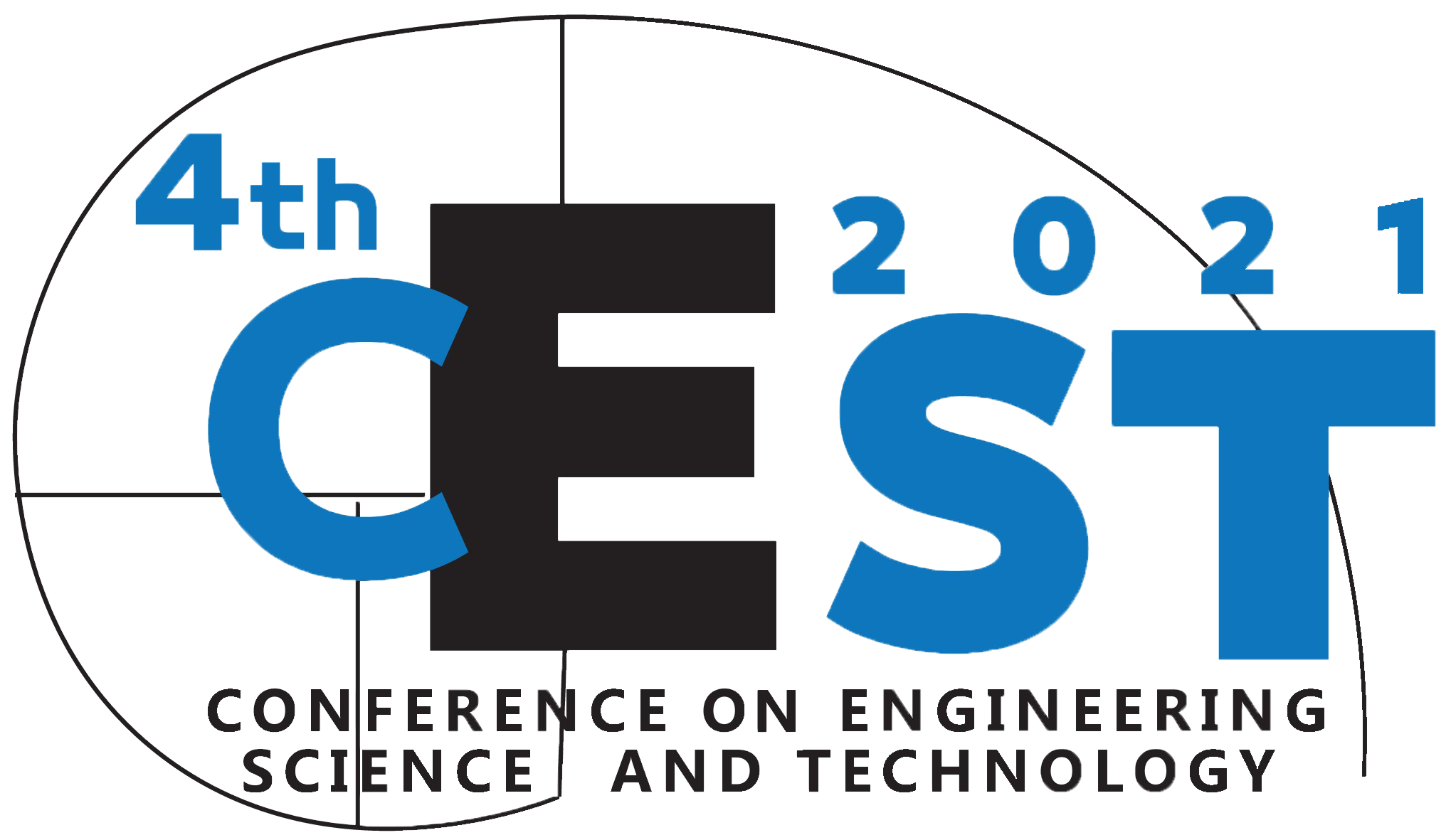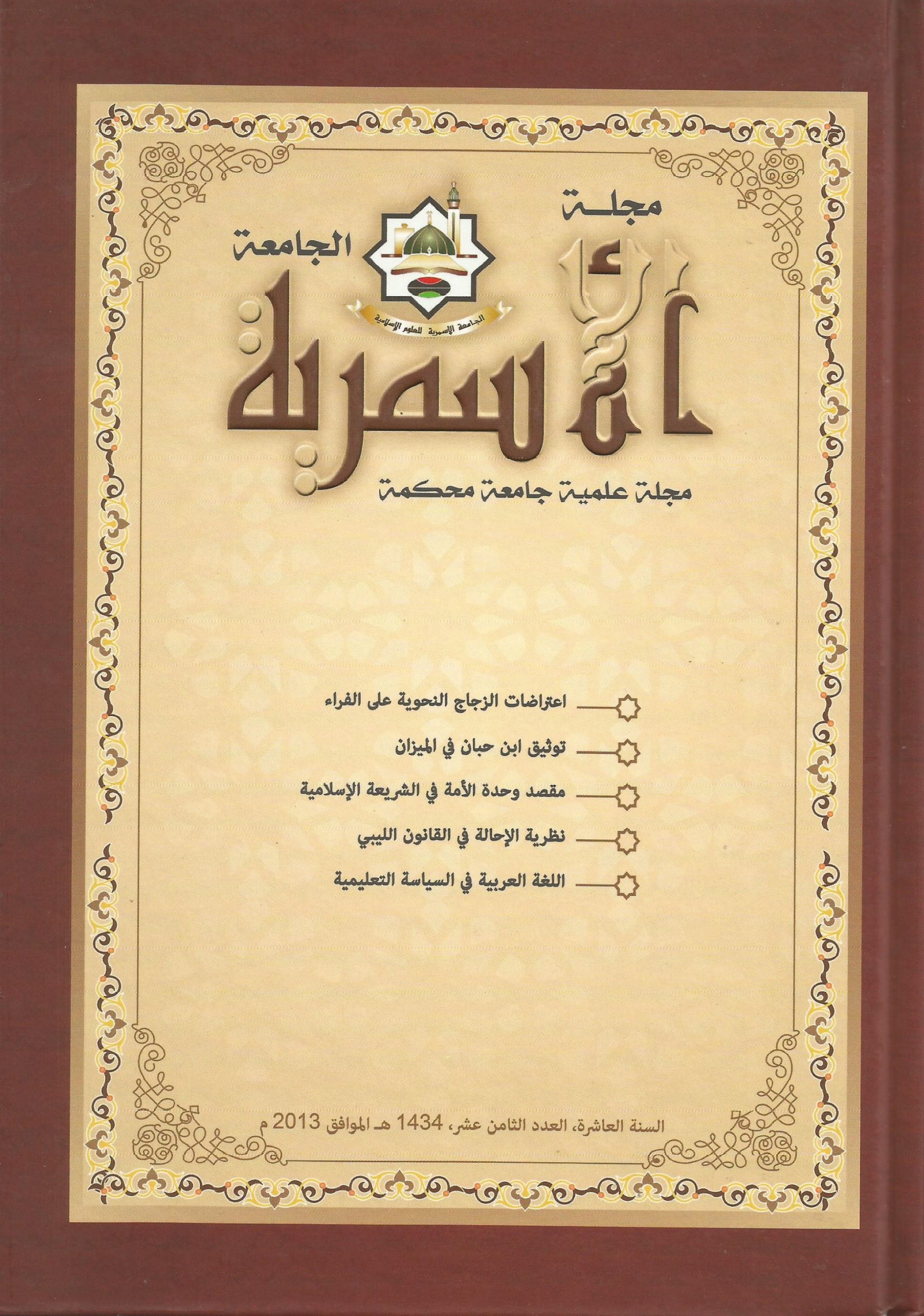Optimization of The Surface Roughness During The Electrical Discharge Machining of Tool Steel Alloy DIN 1.2080
Keywords:
Electrical discharge machining process, Tagushi design and optimization method Surface roughnessAbstract
This study used an experimental methodology to improve the input parameters and outputs of the electrical discharge manufacturing process for the purpose of improving the metal surface roughness (Ra) as a measure of the process performance during machining of DIN 1.2080 alloy steel. Tagushi method is utilized as design and optimization approach. Four input parameters are considered, which are electrode diameter (D), discharge current (Ip), pulse on time (Ton) and the operating factor (η). Signal to noise ratio is used as an analytical tool. Through the final results of the adopted optimization methodology, the optimum values of the inputs were obtained as follows: electrode diameter at level1 (15mm), discharge current at level1 (9A), pulse on time at level2 (1200µs) and duty factor at level2 (0.8), the value of the surface roughness decreases by 2.05 times at the optimized process parameters than the initial process parameters, whereas it is decreased from 6.30 µm to 3.07 µm. Taking into consideration the standard (smaller is better). The results of the main effect diagram indicated that the factors: electrode diameter, and discharge current were the most important parameters influencing the surface roughness, followed by pulse on time, and duty factor.
Downloads
References
Hussam El-Din F. El-Sheikh and Tarek S. El-Gnemi, Analysis of the Influence of EDM Parameters on Material Removal Rate and Electrode Wear Ratio of Al-Cu. Libyan Journal for Engineering Research. 2017. DOI: https://doi.org/10.37376/2402-001-001-004
Singh Shankar, Maheshwari S., and Pandey P.C., Some Investigations Into The Electric Discharge Machining of Hardened Tool Steel Using Different Electrode Materials. Journal of Materials Processing Technology. 149(2004), 272-277. DOI: https://doi.org/10.1016/j.jmatprotec.2003.11.046
Hasson elhofy. Advance Machining Process, McGraw Hill. 2005.
Hewidy M., Taweel, T., and Safty. M.F., Modeling the machining parameters of wire electrical discharge machining of Inconel 601 using RSM”, Journal of Materials Processing Technology. 2005. DOI: https://doi.org/10.1016/j.jmatprotec.2005.04.078
Imad M. Mosrati, Mabrouk M. Abduljalel, Abdullatif Mehemed Gohman, and Abdurahim A. Sakeb, Effect of the Electrical Discharge Machining Parameters on Material Removal Rate. Azzaytuna University Journal. 39(2021), 341-356. DOI: https://doi.org/10.35778/1742-000-039-017
Qu. J., Shih, Albert J., and Ronald O., Development of the cylindrical wire electrical discharge machining process, part 1: concept, International journal of manufacturing science. 2002. DOI: https://doi.org/10.1115/IMECE2001/MED-23343
Shandilya, P., Jain, P. K., and Jain, N. K., Parametric optimization during wire electrical discharge machining using response surface methodology. Procedia Engineering, 38(2012), 2371–2377. DOI: https://doi.org/10.1016/j.proeng.2012.06.283
Salem, Tebni, B., Prediction of surface roughness by experimental design methodology in Electrical Discharge Machining ( EDM ). Journal of Manufacturing Engineering, 2011, 49(2), 150–157.
M.R. Idris, I.M. Mosrati, Optimization of the Electrical Discharge Machining of Powdered Metallurgical High-Speed Steel Alloy using Genetic Algorithms, Advances in Science Technology and Engineering Systems Journal. 2019, 4(6), 255–262. DOI: https://doi.org/10.25046/aj040632
Downloads
Published
Conference Proceedings Volume
Section
License
Copyright (c) 2021 عبداللطيف قحمان، عماد المصراتي، عبدالرحيم ساكيب، ونيس شابيش

This work is licensed under a Creative Commons Attribution 4.0 International License.





